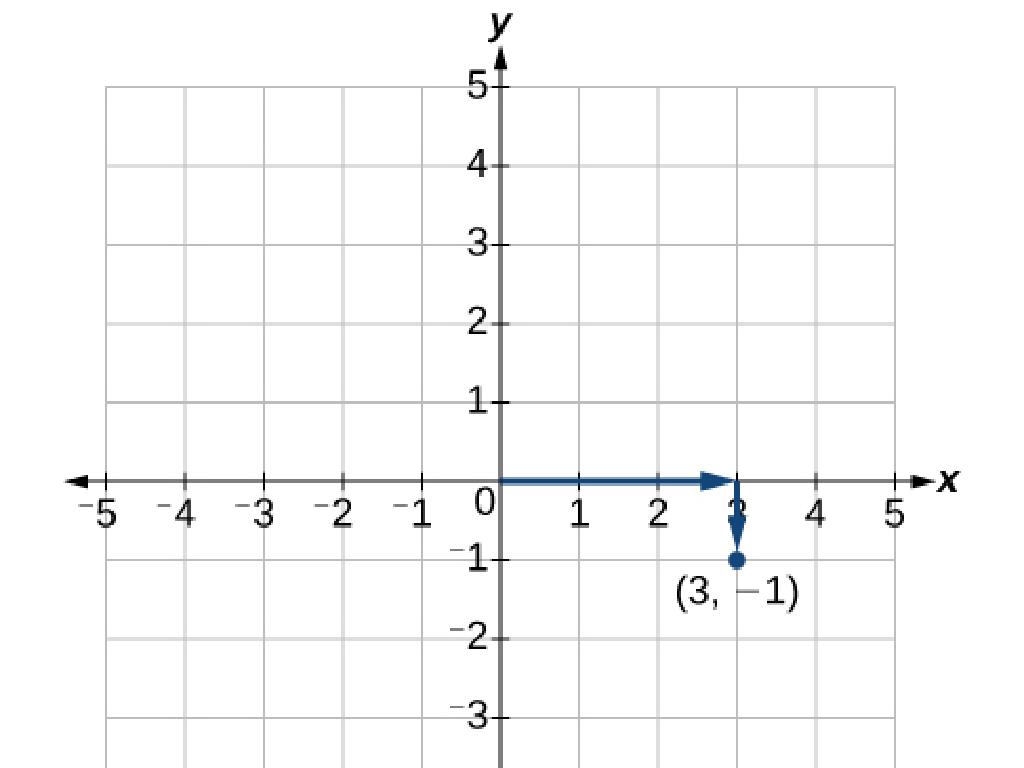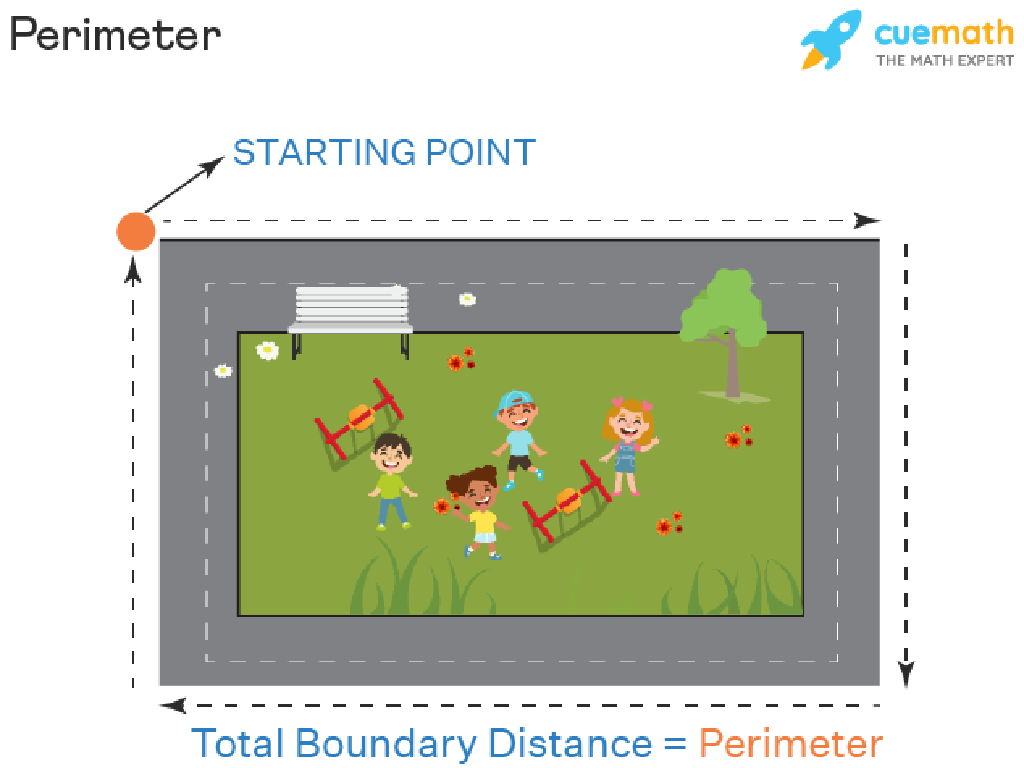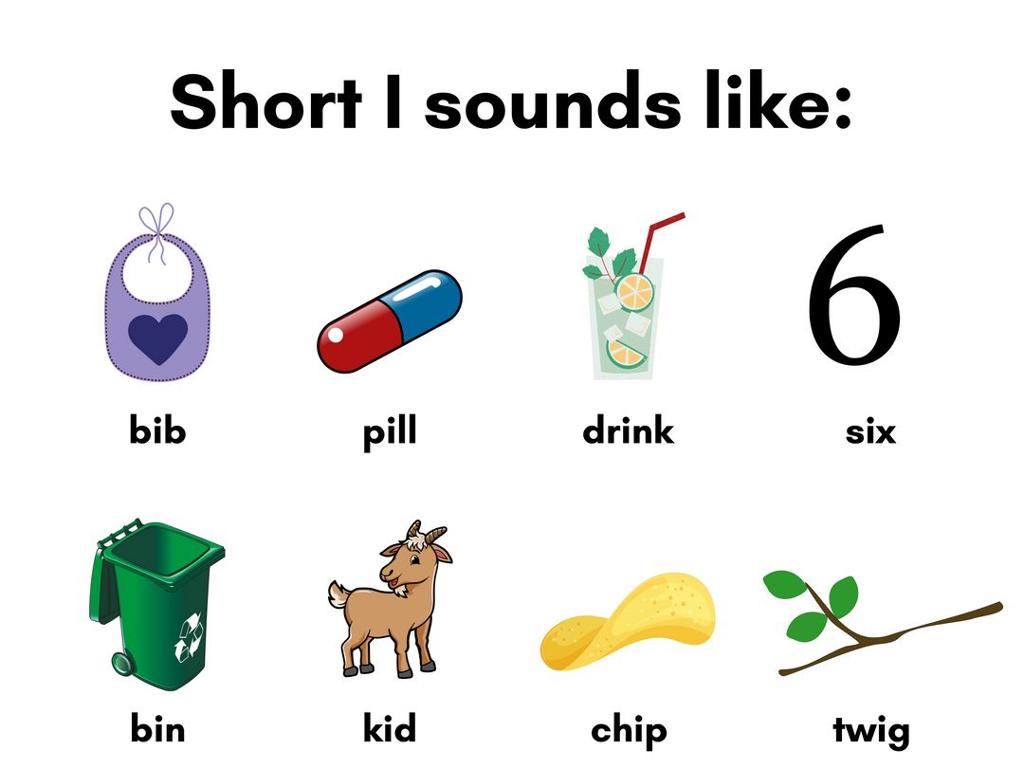Inheritance And Variation Of Traits
Subject: Science
Grade: High school
Topic: Biology
Please LOG IN to download the presentation. Access is available to registered users only.
View More Content
Introduction to Inheritance in Genetics
– Genetics: Blueprint of Life
– Genetics is the study of heredity, encompassing the genes that compose an organism.
– Defining Inheritance
– Inheritance is the process by which genetic information is passed from parents to offspring.
– Traits and Heredity
– Traits are inherited characteristics; heredity explains how traits are transmitted through generations.
– Mechanisms of Trait Transfer
– Understanding dominant and recessive genes, and how they influence the traits of offspring.
|
This slide introduces the concept of inheritance within the field of genetics, which is often referred to as the blueprint of life. It’s crucial to explain that genetics is the study of how traits are passed down from parents to offspring through genes. Inheritance is the mechanism of this transmission. Students should learn about different types of traits, including physical and behavioral, and how they are inherited. The slide sets the stage for discussing the mechanisms of trait transfer, including dominant and recessive genes, and how they determine the characteristics of the next generation. Use examples like eye color, hair texture, and disease susceptibility to illustrate these points.
Genes and Alleles: Foundations of Inheritance
– Define genes and inheritance role
– Genes are DNA segments that determine traits passed from parents to offspring.
– Understanding alleles
– Alleles are different forms of a gene, found at the same locus on a chromosome pair.
– Dominant vs. recessive traits
– Dominant alleles mask recessive ones, determining trait expression.
– Examples of inheritance patterns
– Pea plants: Tall (D) is dominant over short (d); DD or Dd results in tall plants.
|
This slide introduces the fundamental concepts of genetics, focusing on genes, alleles, and how they contribute to the inheritance of traits. Genes, the basic units of heredity, are responsible for the transmission of traits from parents to offspring. Alleles, which are variations of these genes, can be dominant or recessive, influencing the physical expression of traits. Understanding the difference between dominant and recessive alleles is crucial for predicting inheritance patterns. Use examples like Gregor Mendel’s pea plants to illustrate these concepts, where the presence of a dominant allele results in a dominant trait, while a recessive trait is expressed only when two recessive alleles are present. Encourage students to think of human traits, such as eye color, as examples of how these genetic principles manifest in real life.
Mendelian Genetics: The Foundation of Inheritance
– Explore who Gregor Mendel was
– Father of genetics, studied pea plants
– Understand Mendel’s Laws
– Law of Segregation and Law of Independent Assortment
– Learn Punnett Squares
– A tool to predict genetic variation
– Predicting Traits
– Determine probabilities of offspring traits
|
This slide introduces students to the fundamental concepts of Mendelian Genetics. Gregor Mendel, known as the father of genetics, was a scientist who discovered the basic principles of heredity through experiments with pea plants. His work led to the formulation of Mendel’s Laws of Inheritance, which include the Law of Segregation and the Law of Independent Assortment. These laws explain how traits are passed from parents to offspring and how they can assort independently during gamete formation. Punnett Squares are introduced as a method to visualize and predict the possible genetic variations and traits of offspring. Students should learn how to use Punnett Squares to calculate the probability of inheriting specific traits. This foundational knowledge is crucial for understanding genetic inheritance and variation.
Non-Mendelian Genetics: Beyond Mendel’s Laws
– Incomplete Dominance & Codominance
– Neither allele is dominant, resulting in a blend (e.g., red + white = pink flowers).
– Multiple Alleles & Polygenic Traits
– Blood types are determined by multiple alleles; skin color is influenced by multiple genes.
– Environmental Impact on Genes
– Temperature can affect fur color in Siamese cats, showing environmental interactions.
– Examples of Non-Mendelian Inheritance
|
This slide introduces students to the complexities of genetic inheritance that fall outside of Mendel’s simple dominant-recessive patterns. Incomplete dominance and codominance are situations where neither allele completely masks the other, leading to blended or equally expressed traits. Multiple alleles and polygenic traits involve more than just two alleles and multiple genes, contributing to the diversity of phenotypes. Environmental factors can also influence gene expression, as seen in the temperature-sensitive fur color of Siamese cats. Use these concepts to illustrate the vast variation in genetic traits and encourage students to think about the genetic diversity in humans and other organisms.
Human Genetic Disorders
– Common genetic disorders overview
– Examples: Cystic fibrosis, Sickle cell anemia, caused by gene mutations
– Chromosomal role in disorders
– Abnormalities in chromosome number/structure lead to disorders like Down syndrome
– Genetic testing significance
– Tests can detect mutations, informing medical decisions
– Counseling for genetic conditions
– Genetic counselors assist in understanding risks and implications of disorders
|
This slide aims to provide students with an understanding of human genetic disorders, their causes, and the medical practices surrounding them. Start by discussing common genetic disorders such as cystic fibrosis and sickle cell anemia, explaining how mutations in specific genes are responsible. Then, move on to the role of chromosomes, highlighting how structural or numerical abnormalities can result in conditions like Down syndrome. Emphasize the importance of genetic testing in detecting these mutations and how it can guide future medical care and lifestyle choices. Lastly, discuss the role of genetic counselors in helping individuals and families understand the risks and implications of genetic disorders. Encourage students to think critically about the ethical considerations of genetic testing and counseling.
DNA and Chromosomes: Blueprint of Life
– DNA’s structure and role
– DNA is a double helix carrying genetic instructions for development, functioning, growth, and reproduction of all known organisms.
– Chromosomes in inheritance
– Chromosomes, made of DNA, are passed from parents to offspring, determining inherited traits.
– Exploring the human genome
– The human genome is the complete set of nucleic acid sequences for humans, encoding for our traits.
– Genetic variation significance
– Genetic variation is crucial for survival and evolution, leading to diversity in the population.
|
This slide aims to provide students with a foundational understanding of the molecular basis of inheritance. DNA, with its double helix structure, is the molecule that holds the genetic instructions for life. Chromosomes, which house DNA, are the vehicles for passing genetic information from one generation to the next, thus determining inheritance patterns. The human genome project has mapped all the genes in human DNA, leading to a greater understanding of genetic variation. This variation is the reason for the diversity among individuals and is essential for the survival of species. Encourage students to consider how genetic variation can result in different traits and the implications this has for health and disease.
Class Activity: Inheritance Simulation
– Overview of trait inheritance simulation
– Gather colored beads and cups
– Understand alleles with bead colors
– Alleles are versions of a gene; bead colors represent different alleles
– Simulate trait inheritance using Punnett Squares
– Use Punnett Squares to predict offspring traits from bead alleles
|
This class activity is designed to help students understand the concept of inheritance and variation of traits through a hands-on simulation. Provide each student with a set of colored beads, where each color represents a different allele for a trait. Students will use cups to randomly select beads simulating the random inheritance of alleles from parents. Then, they will use Punnett Squares to predict the possible genetic outcomes for offspring. This activity will reinforce the concepts of dominant and recessive alleles, genotype, and phenotype. Possible variations of the activity could include simulating different traits, using a larger variety of bead colors for multiple alleles, or simulating a cross between organisms with more than one trait to observe dihybrid crosses.






